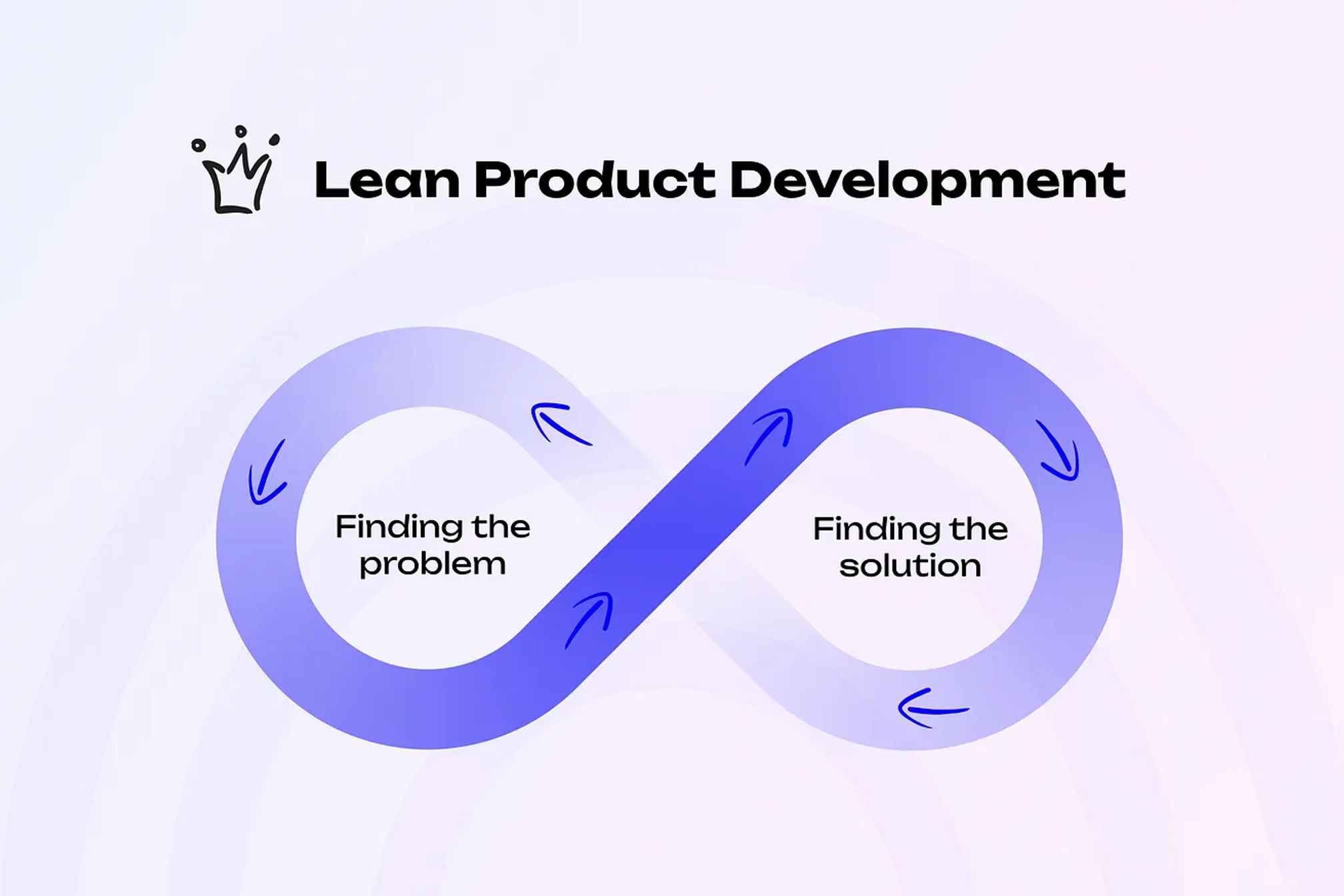Saturday, November 2, 2024
How Lean Product Development Drives Innovation and Cost Efficiency


Lean product development has its roots in manufacturing, specifically Toyota’s production system, which aimed to reduce waste while maintaining high-quality outputs. In the SaaS world, lean principles are applied to eliminate inefficiencies, reduce time to market, and create a product that delivers value from the earliest stages. At the core, lean development focuses on:
- Reducing waste: Cutting out unnecessary steps in the development process, whether in design, coding, or feedback loops.
- Focusing on user feedback: Regularly gathering feedback from users to ensure the product aligns with real needs.
- Continuous improvement: Continuously refining and improving the product based on feedback and metrics.
For SaaS companies, this approach allows for quick iterations and adaptability in a market where user needs and expectations are constantly evolving. By deploying lean methods, companies can release a Minimum Viable Product (MVP) that delivers essential functionality, then enhance and adapt based on early user feedback.
With lean product development, SaaS companies can reduce costs and improve efficiency in several ways:
- Prioritizing MVP Development
Lean product development stresses releasing a Minimum Viable Product with only essential features. This allows teams to bring products to market faster and gain real user insights, which are invaluable for shaping future development. By focusing on a core set of features that deliver immediate value, SaaS companies avoid the costs associated with unnecessary features and overdevelopment. - Enhanced Collaboration and Communication
Lean product development relies on close collaboration within the product development team. Engineers, designers, and product managers work together in cross-functional sprints, ensuring that each member’s expertise contributes to a unified product vision. This collaborative environment reduces miscommunications and improves decision-making speed, keeping projects on time and on budget. - Rapid Iterations Based on User Feedback
In a lean environment, the team releases product updates frequently, gathering feedback and making quick adjustments. This continuous improvement cycle allows the product to evolve based on real-world usage data, reducing the risk of investing heavily in features that users don’t need or want. - Reduced Time-to-Market
By minimizing waste and emphasizing only what is essential, lean product development shortens the time from concept to market. For SaaS companies, this advantage is critical, as it allows them to stay competitive and responsive to user needs.
In the competitive SaaS industry, efficiency is as critical as innovation. Lean product development offers a structured yet flexible approach that allows SaaS companies to bring valuable products to market quickly and iteratively. By focusing on an MVP, building a skilled and collaborative product development team, and employing continuous feedback, companies can reduce waste, improve time-to-market, and stay agile in an ever-evolving digital landscape.
